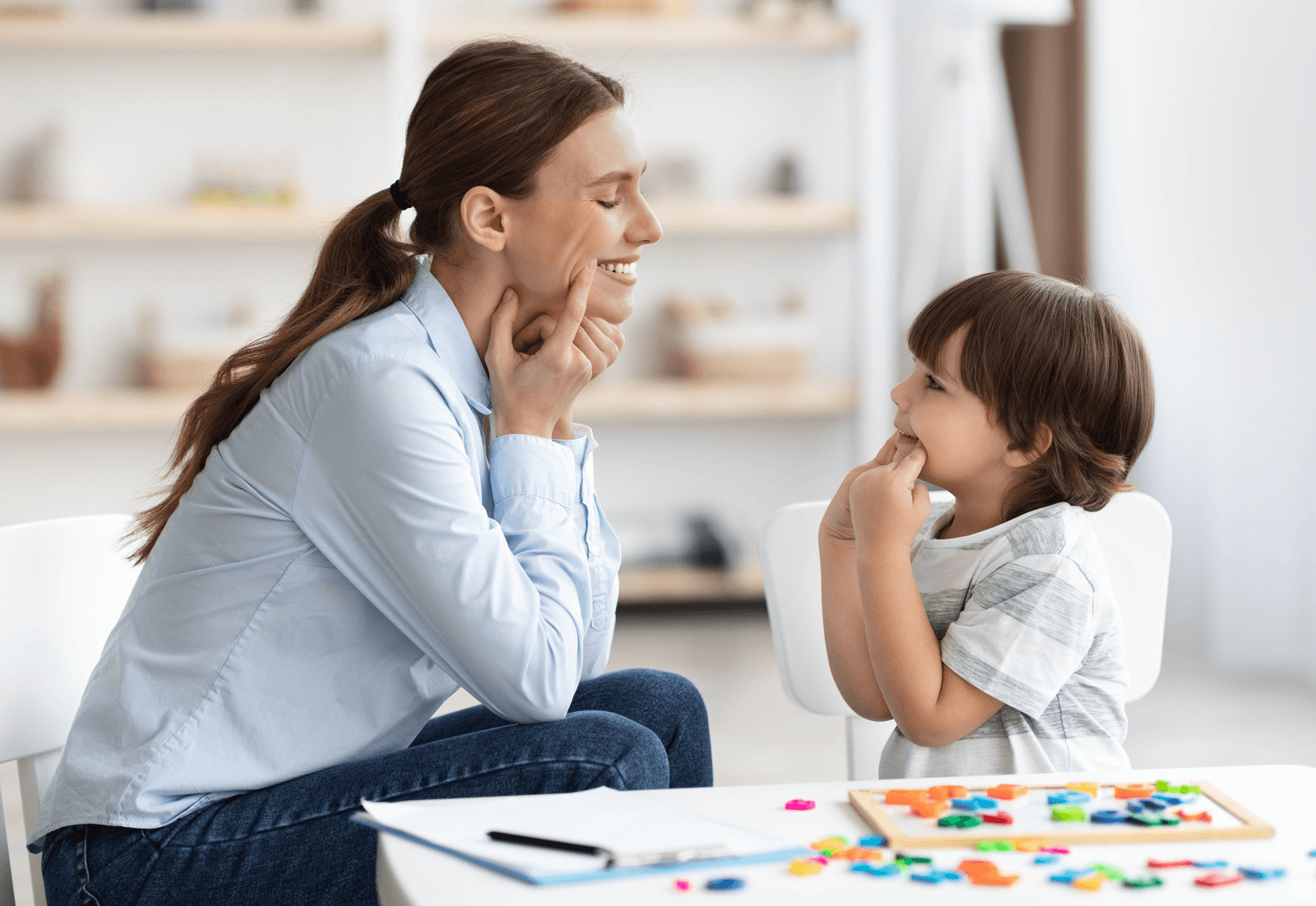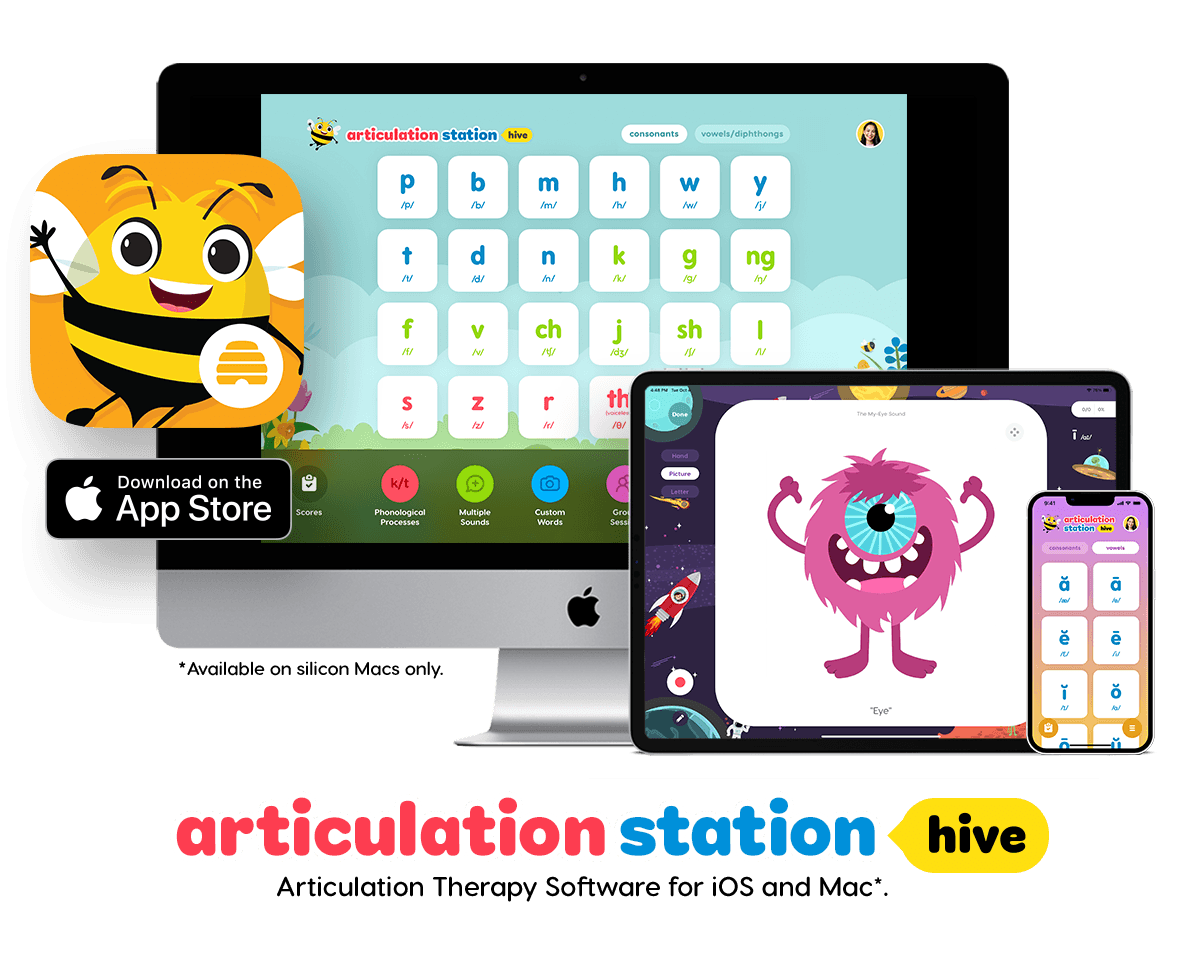
The Process of Articulation Therapy
This FREE resource from Little Bee Speech outlines "The Process of Articulation Therapy" in a fun and concise way. Learn the steps for teaching speech sounds from isolation to conversation. It’s the perfect resource for SLPs and parents as they help their learners on their journey to clear speech.
Size: 8.5" x 11" (PDF)
What is the Process of Articulation Therapy?
The Process of Articulation Therapy is used to treat motor-based speech disorders also known as articulation disorders, where a child struggles with physically producing specific speech sounds.
After a speech evaluation has been given, and the sounds in error are identified and determined delayed, a target sound is chosen to begin treatment with. Therapy then follows a series of guided practice steps that begin with teaching the target sound in isolation and progresses through conversation until the sound is mastered.

Based on the Traditional Articulation Therapy Approach
“The Process of Articulation Therapy” is based on the traditional articulation therapy approach introduced by Charles Van Riper in 1978. Like the traditional articulation therapy approach, it follows a hierarchy of steps for teaching sounds beginning with isolation and ending with conversation. It has proven to be a successful therapy approach for teaching children that present with an articulation disorder how to speak clearly.
It involves structured practice and guided feedback as children learn the correct placement, timing, and movement of their articulators (lips, tongue, jaw, and palate) to produce the target sound accurately. Then practice of the target sound progresses from isolation to syllables, words, phrases, sentences, stories and finally conversation.
The repetition and reinforcement at each level builds motor patterns that become automatic over time. This practice helps children overcome common speech errors, such as sound substitutions, omissions, or distortions, which affects their overall intelligibility. This structured approach has been proven over the years which is why it is the standard in speech therapy intervention for treating articulation disorders.

The Process of Articulation Therapy
This FREE resource from Little Bee Speech outlines "The Process of Articulation Therapy" in a fun and concise way. Learn the steps for teaching speech sounds from isolation to conversation. It’s the perfect resource for Speech-Language Pathologists and parents as they help their learners on their journey to clear speech.
Size: 8.5" x 11" (PDF)
In addition to receiving your free download(s), you will also be added to our mailing list. You can unsubscribe at any time.
Level up speech sound practice with Articulation Station Hive!
Teach your learners how to articulate every speech sound with activities for targeting consonants and vowels from isolation through conversation.
Try Articulation Station Hive FREE for 14 days.
Available on the App Store.
